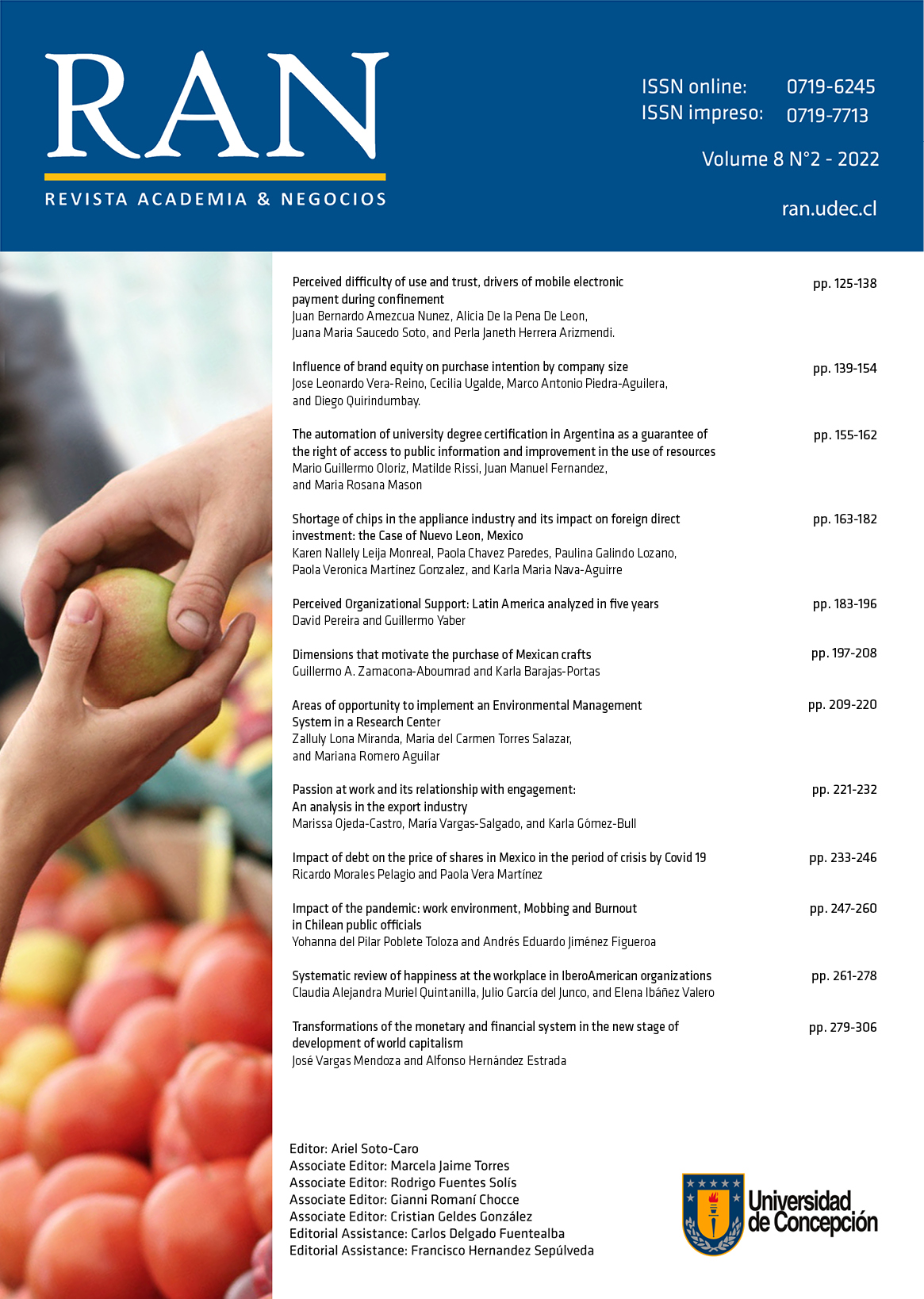The automation of university degree certification in Argentina as a guarantee of the right of access to public information and improvement in the use of resources
DOI:
https://doi.org/10.29393/RAN8-12ACMM40012Keywords:
Improvement, Processes, Public Registry, SIDCerAbstract
Purpose: To analyze the impact of the automation of the process through which the ministerial certification of degrees and analytical certificates issued by the Argentinian Universities is managed, to accredit their national validity and official recognition.
Methodology: An approximation and comparison of the time and economic resources associated with both processes is made. Likewise, the benefits with respect to access to information are evaluated.
Results: Important benefits were verified both for society and for the University Institutions mainly, due to the transparency and visibility provided to those who requested the issuance of their diploma.
Implications: The results will contribute to the substantiation of projects whose objective is the automation of administrative processes, of public sector.
Limitations: Given the magnitude of the study and the diversity of institutions, neither the time nor the internal costs of each university where be considered.
Originality: The interrelation between the benefits produced by the automation of processes and the improvement in guaranteeing the right of access to public information is a complementary approach.
Downloads
Published
How to Cite
Issue
Section
Copyright (c) 2022 Mario Guillermo Oloriz, Matilde Rissi, Juan Manuel Fernández, María Rosana Masón

This work is licensed under a Creative Commons Attribution 4.0 International License.























